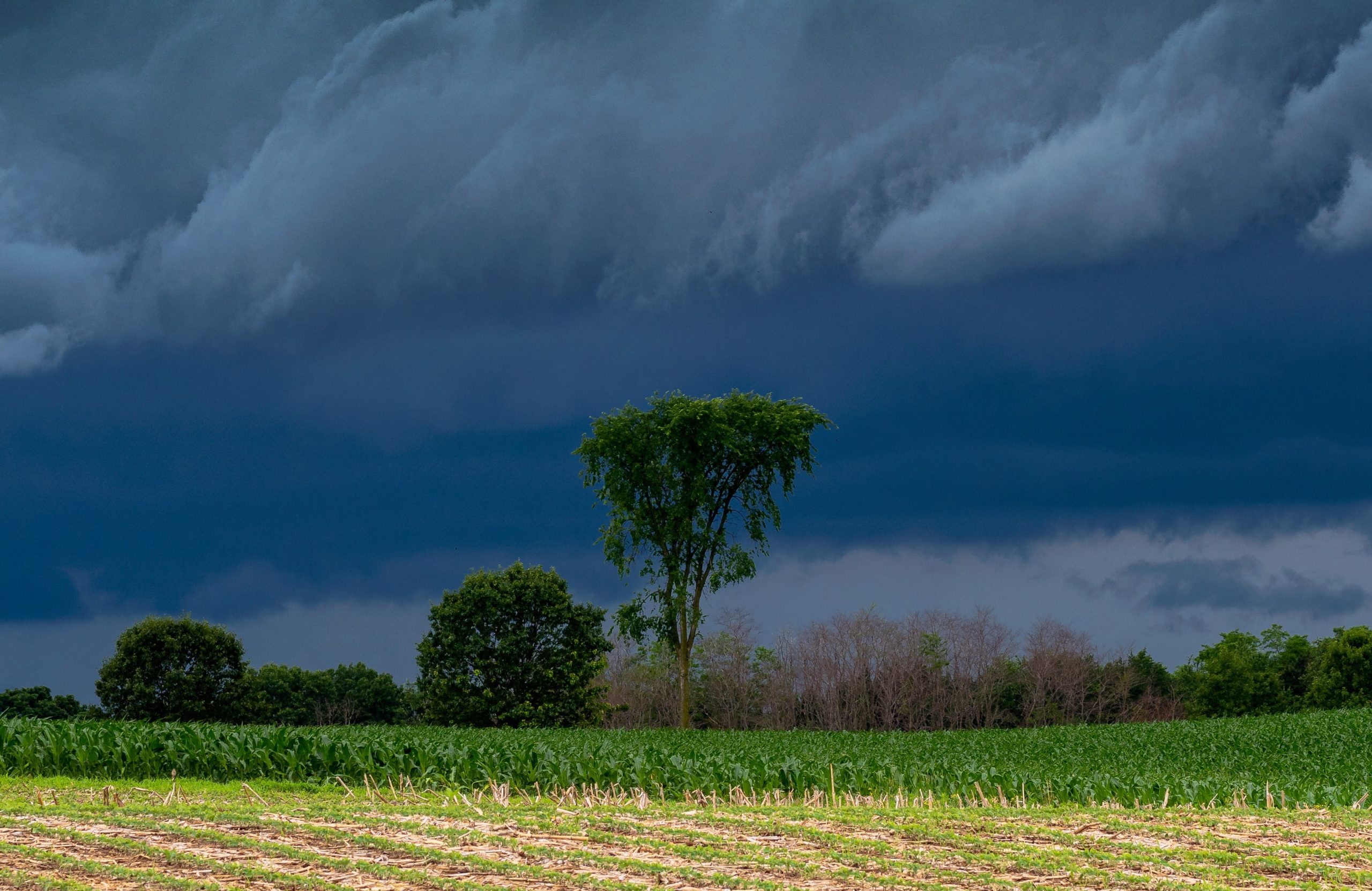India’s monsoon season is set to enter its withdrawal phase in the next two days, the state-run weather office said, after a vigorous spell of rains towards the tail end of the four-month season. Conditions are becoming favourable for withdrawal of the monsoon from parts of the northwest, the state-run India Meteorological Department said. The monsoon, vital for India because almost half of its farmland lacks irrigation, usually starts retreating from the desert state of Rajasthan in the west by mid-September. Summer rains first lash India’s southern Kerala coast in June.
Bank Maha Pack includes Live Batches, Test Series, Video Lectures & eBooks
How It Has Performed:
The performance of the south west monsoon over India has been pretty good so far this year. Between June 1 and August 31, the country received 10 per cent more rainfall than normal. Gujarat has received the highest excess rainfall among states, with a seasonal excess of 68 per cent more than the normal. Other states with high excess rainfall are Sikkim, Telangana, Andhra Pradesh and Tamil Nadu, with 65 per cent, 44 per cent, 37 per cent and 31 per cent more than normal rains respectively.
The monsoon onset over Kerala had also been right on time this year on June 1. However, the monsoon had a delayed onset over central India, with rains starting only at the end of June and the monsoon might also withdraw early from that part of the country this year, effectively shrinking the duration of the season.
The Monsoon Withdrawal:
The pre-monsoon rainfall usually disturbs the organisation of the monsoon, making it delayed and weaker. The year 2022 has been no exception. The very disorganised advance of the onset of the monsoon, a dry spell between June 17 and June 26 is the consequence of unusually strong pre-monsoon rains in spring. In fact, the real monsoon rainfall began over the Eastern Ghats only from June 26, when relative humidity overcame the 80 per cent threshold — which is holding around 90 per cent level until the present.
Why was there a delay in the onset of monsoon over central India:
When we talk about a delayed monsoon, we have to specify the location where it is delayed. The India Meteorological Department (IMD) focuses on the monsoon onset over Kerala. My case in point is the central part of India. Monsoon onset might be early over Kerala but was delayed over the Eastern Ghats.
Monsoon onset got delayed over the Eastern Ghats because of what we call the ‘One-Handed Monsoon’ problem. India is surrounded by the Bay of Bengal on the east and the Arabian Sea on the west. The summer monsoon arrives in two branches: from the Arabian Sea and from the Bay of Bengal. When both branches are strong, the whole Indian subcontinent receives a good amount of rainfall. However, it is a trend in the last few years that the Arabian Sea branch is becoming stronger because the temperature there is rising. It takes longer time when the monsoon turns from north to northwest over the Bay of Bengal towards the Indian subcontinent.
When the rains will withdraw from the Indian subcontinent:
When the temperature in north Pakistan is lower than average, it takes less time for the whole Indian subcontinent to cool down from the boundary with north Pakistan to the eastern coast of central India. Thus, the negative anomaly in north Pakistan might notably shift forward the time of the monsoon withdrawal date and shrink the duration of the monsoon season this year.
The withdrawal will be early this year from both, central India and the rest of India. The conditions for monsoon withdrawal occur when the Indian subcontinent cools down below 27°C. Once it happens in a critical region such as central India, the rest of the eastern part cools quickly. The speed of the cooling does not change so much from year to year but the initial temperature in the northwest region where cooling starts, is changing considerably, around 4°C. When the initial temperature is higher, the process of withdrawal becomes longer.




 World Basketball Day 2025 Celebrates Bas...
World Basketball Day 2025 Celebrates Bas...
 UN Celebrates Second World Meditation Da...
UN Celebrates Second World Meditation Da...
 Winter Solstice 2025 Observed on Sunday,...
Winter Solstice 2025 Observed on Sunday,...







